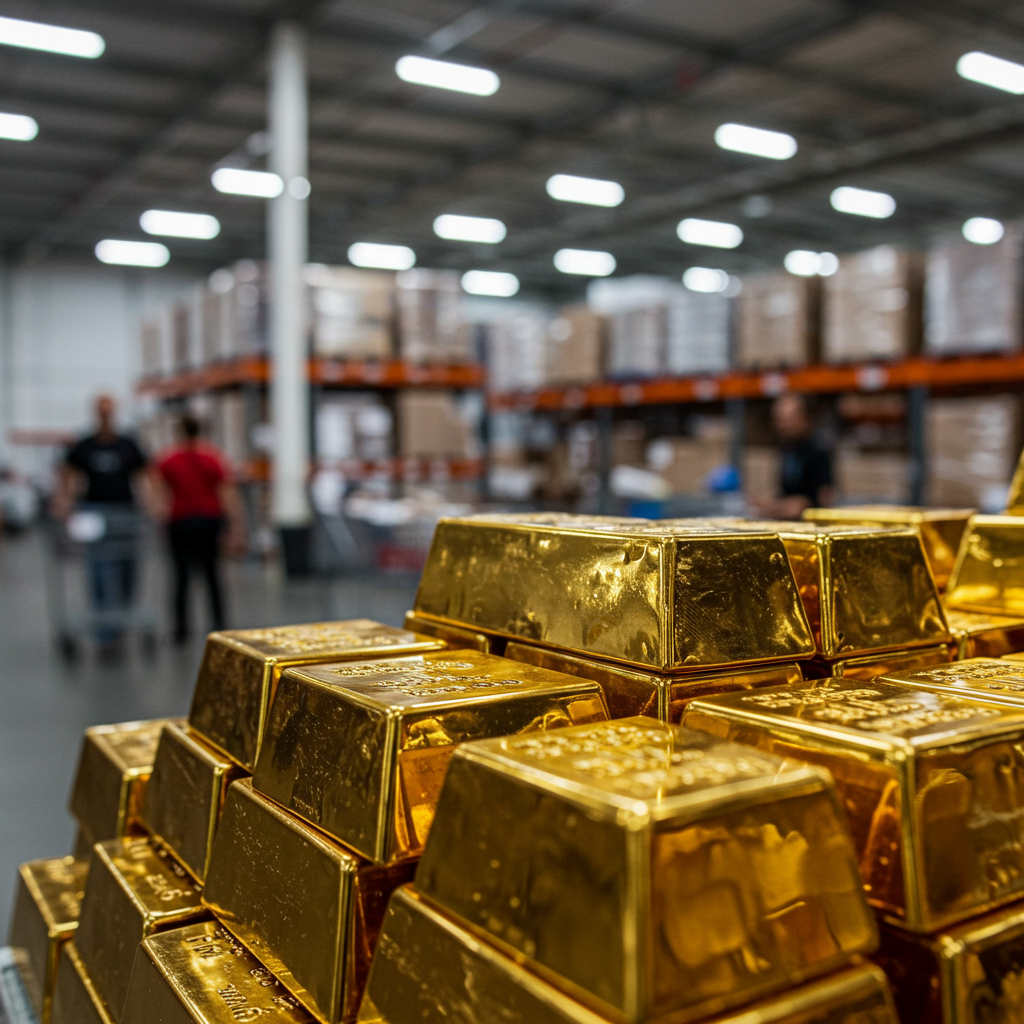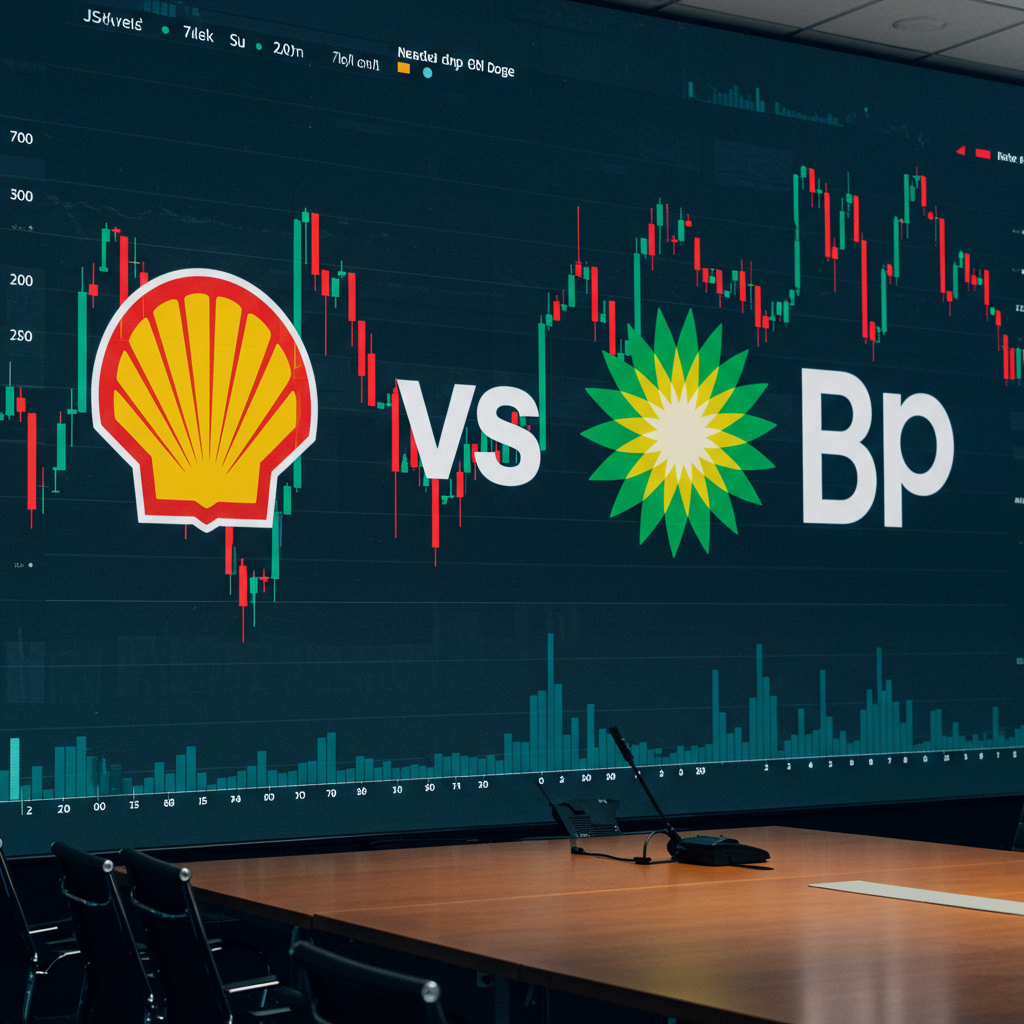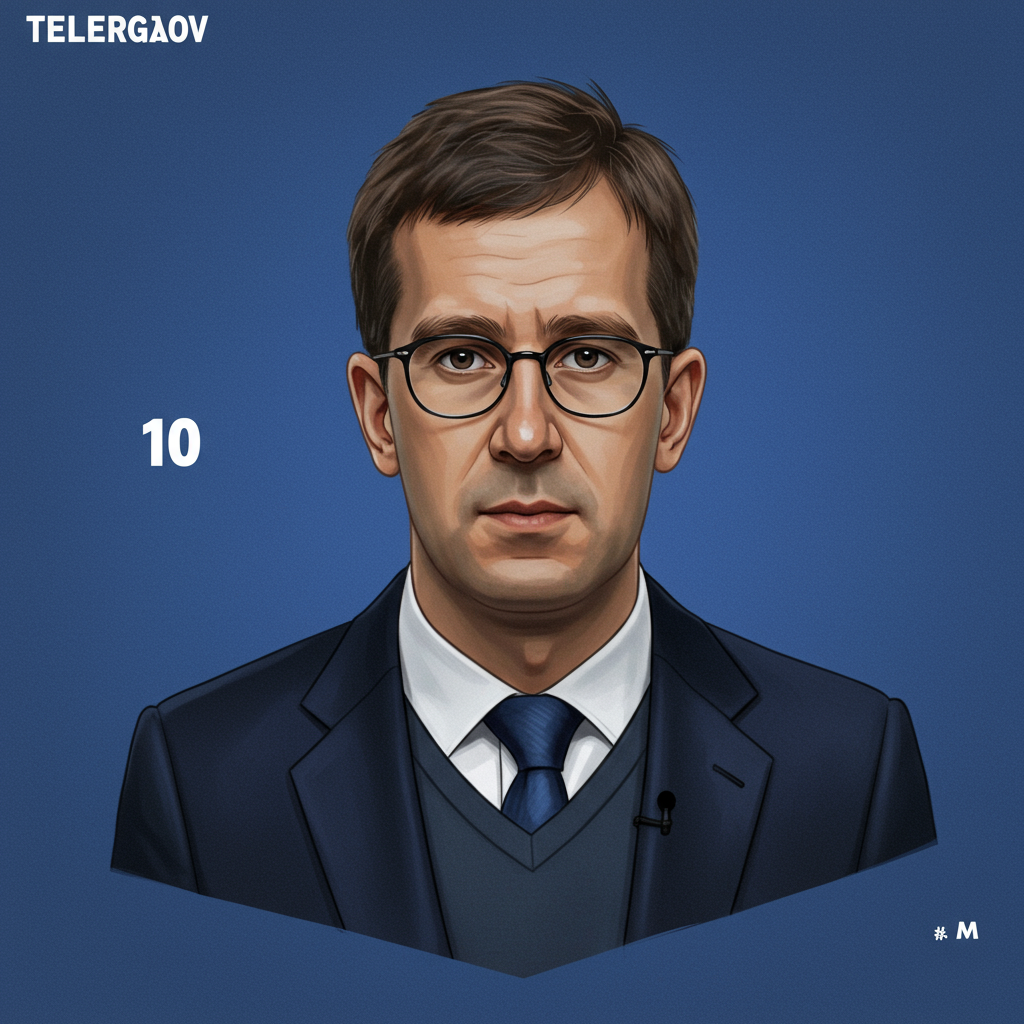Costco, the retail giant known for bulk groceries and discounted electronics, has quietly become a significant player in the precious metals market. With gold prices reaching unprecedented highs and economic uncertainties driving demand for tangible assets, members are flocking to buy gold, silver, and even platinum bars from their favorite warehouse club. This guide provides an expert look into buying precious metals at Costco, detailing how to navigate their unique offerings, optimize your purchase, and understand the critical considerations involved.
Why Buy Gold and Precious Metals from Costco?
The decision to purchase physical gold, silver, or platinum is often driven by a desire for a “store of value” — an asset intended to retain purchasing power, especially during periods of inflation or economic instability. Central banks worldwide frequently hold gold as a hedge against currency depreciation, underscoring its role as a monetary metal. Silver and platinum, while also stores of value, possess greater industrial applications in areas like consumer electronics, electric vehicles, and automotive catalysts, making their prices more susceptible to economic fluctuations.
Costco’s entry into this market has proven incredibly popular, reportedly generating between $100 million and $200 million in gold bar sales monthly since launching in 2023. This unexpected success is largely attributed to Costco’s strong reputation for quality products and competitive pricing. The retailer typically marks up its precious metals by only about 2% over the fluctuating “spot” price, a figure significantly lower than the 5% to 30% premiums often charged by traditional dealers. Additionally, Costco offers free shipping on these high-value items, a benefit not always available elsewhere, further enhancing its appeal for individuals looking to acquire physical assets.
Understanding Membership and Rewards for Precious Metals
A fundamental requirement for anyone considering buying gold or other precious metals from Costco is an active membership. Without it, you cannot even view prices online. While a basic Gold Star membership suffices, upgrading to an Executive membership for an additional $65 annually can yield substantial financial advantages for precious metal buyers. Executive members receive 2% back on most purchases, including these high-value items. For instance, an $82 reward on a typical $4,100 one-ounce gold bar purchase would more than cover the Executive membership upgrade cost, making it a savvy choice for those planning a significant investment.
How to Buy Gold and Other Precious Metals from Costco Online
The primary method for buying gold bars, silver coins, and platinum from Costco is through their website, Costco.com. These items are typically found within the “jewelry and watches” category under a dedicated “precious metals” page. Previously, they were listed in less intuitive sections like “sports memorabilia,” but demand has spurred clearer categorization.
Due to extremely high demand, especially when prices are near the commodity market’s spot rate, items often sell out rapidly—sometimes within hours. To manage this fervor, Costco implements strict purchase limits. Current policies typically restrict members to one transaction per membership within a 24-hour period, with a maximum of two units for 1-ounce gold bars or coins, and up to ten units for 10-ounce silver bars. These limits ensure that more members have a chance to purchase.
Once an online purchase is made, delivery generally takes 3-5 business days, usually via trusted carriers like UPS or FedEx. However, during peak demand or towards the end of the week, some customers have reported longer delivery times. It’s important to note that Costco’s online precious metal sales are not available to members in Louisiana, Nevada, or Puerto Rico.
Available Precious Metal Products
Costco’s selection, while competitive in price, is less diverse than dedicated precious metals dealers. Common offerings include:
Gold: 1-ounce bars of 24-karat gold (e.g., PAMP Suisse Lady Fortuna Veriscan, Rand Refinery, Argor Heraeus Goldseed, PAMP / Newmont Lady of Liberty), and 1-ounce American Buffalo gold coins. Larger 100-gram Rand Refinery gold bars are also occasionally available.
Silver: 20-count packs of 1-ounce silver rounds (e.g., PAMP American Buffalo silver rounds).
- Platinum: 1-ounce bars of 99.95% pure platinum (e.g., PAMP Suisse Lady Fortuna Veriscan).
- www.businessinsider.com
- finance.yahoo.com
- www.aol.com
- www.cbsnews.com
- money.com
These products are sourced from authorized dealers and reputable mints, ensuring authenticity, which contributes to Costco’s trusted reputation.
Purchasing Precious Metals at a Physical Costco Warehouse
While less common and often requiring an element of luck, buying precious metals at a physical Costco warehouse is occasionally possible. Stores may display large signs near the entrance advertising seasonal or specialty bars. Often, samples of available items are showcased in the jewelry case, typically located near the electronics section. It’s advisable to call your local warehouse ahead of time to inquire about inventory.
The in-store purchase process is not as simple as picking an item off a shelf. Shoppers must first fill out a paper merchandise pickup slip, detailing the item’s SKU and desired quantity. This completed slip is then taken to the front office, where an employee retrieves the order and assists with payment. Always confirm availability before making a special trip.
Crucial Considerations Before Buying Precious Metals from Costco
While Costco offers a compelling avenue for acquiring physical gold and silver, several critical factors differentiate these purchases from typical Costco merchandise. Ignoring these could lead to unexpected challenges or financial setbacks.
The No-Return Policy and Price Adjustments
Unlike most Costco merchandise, precious metals are explicitly excluded from the company’s generous return policy. All sales are final at the time of purchase. This means there are no returns or refunds, nor are there any price adjustments for subsequent market fluctuations. This “buyer beware” policy is standard practice for precious metals dealers, but it’s a significant departure from Costco’s usual customer-friendly approach, making it essential to be certain of your purchase.
Avoid Financing with Debt
While using a credit card for the 2% Executive member rewards or other cash-back benefits might seem appealing, it is generally not advisable to finance gold purchases with credit card debt or other interest-bearing options. The interest charges can quickly erode any potential gains from the metal’s appreciation, turning a sound investment strategy into a costly mistake. If you use a credit card, ensure you can pay off the balance promptly with cash to avoid interest.
Long-Term Strategy for Selling and Tax Implications
Selling physical gold can often be more challenging than buying it. Costco does not offer buy-back services, leaving individuals responsible for finding a willing buyer. When selling to dealers, expect offers to be 5% to 10% below the current spot price. While reputable online dealers (e.g., APMEX, JM Bullion) or vetted local coin shops are good options, avoid unverified platforms like eBay or Facebook Marketplace due to scam risks.
A critical, often overlooked aspect is tax treatment. The IRS classifies physical gold, silver, and platinum as “collectibles,” not traditional investment assets. This means any profits from selling these physical metals are taxed at ordinary income rates, potentially up to 28%, rather than the more favorable long-term capital gains rates applied to stocks or mutual funds. This difference can significantly impact your net returns, underscoring the importance of viewing precious metals as a long-term holding. Alex Ebkarian, COO of Allegiance Gold, suggests that viewing gold through a three-to-five-year lens reveals less volatility and more meaningful growth, mitigating short-term fluctuations and potentially optimizing for tax planning.
Secure Storage and Risk Management
Physical precious metals require secure storage. Standard homeowner’s insurance policies typically do not cover the full value of precious metals held at home, and adding specific coverage can erode returns. Secure storage options include a safety deposit box at a bank or a hidden, reinforced home safe. Remember that gold, like any investment, carries risks related to price volatility, speculation, opportunity cost, and the potential for fraud if not purchased from a reputable source. Holding physical assets can provide peace of mind against declines in the U.S. dollar or stock market, but it’s crucial to mitigate physical security risks. Brandon Thor, CEO of The Thor Metals Group, suggests allocating 10% to 20% of a portfolio to gold for effective risk mitigation.
Frequently Asked Questions
Why is Costco selling gold and how popular is it?
Costco began selling precious metals, starting with gold bars, in 2023, expanding to silver and platinum shortly after. This move aligns with a period of rising precious metal prices, driven by economic uncertainty and a desire for inflation hedges. The offering has been exceptionally popular, with reports indicating Costco sells between $100 million and $200 million in gold bars monthly, often selling out online within hours of restocking. This success stems from Costco’s trusted brand, competitive pricing (around a 2% markup over spot price), and free shipping for members.
What specific precious metals can I buy and where at Costco?
Costco primarily offers 1-ounce 24-karat gold bars (from reputable mints like PAMP Suisse and Rand Refinery), 1-ounce 999.5 pure platinum bars (PAMP Suisse), and 20-count packs of 1-ounce silver rounds. These products are usually found on Costco.com under the “jewelry and watches” section’s “precious metals” page. While less common, some physical warehouses occasionally stock precious metals; if available, they might be displayed in the jewelry case, and require a merchandise pickup slip to purchase. Online sales are restricted in Louisiana, Nevada, and Puerto Rico.
Are there hidden costs or downsides to buying gold from Costco?
While Costco offers competitive pricing, there are crucial downsides. All precious metal purchases are final sales with no returns or price adjustments for market fluctuations. The IRS classifies physical gold as a “collectible,” meaning profits are taxed at ordinary income rates (up to 28%) rather than favorable long-term capital gains. There are strict purchase limits (e.g., two gold bars per membership per 24 hours), and secure storage (e.g., safe deposit box) is necessary as homeowner’s insurance may not cover their full value. Selling also requires finding a separate buyer, as Costco does not buy back precious metals.
Final Thoughts on Your Costco Precious Metals Purchase
Buying gold, silver, or platinum from Costco presents a unique opportunity to acquire physical precious metals from a highly trusted retailer at a competitive price. For those who have decided to diversify their portfolio with tangible assets, Costco’s transparent pricing and convenience are undeniable advantages. However, it’s crucial to approach these purchases with a clear understanding of the unique terms and conditions, including the non-return policy, tax implications, and the need for secure storage and a long-term selling strategy.
By being an informed buyer, leveraging your Costco membership benefits, and keeping the broader investment context in mind, you can strategically add physical precious metals to your holdings, contributing to a more resilient financial future. Compare Costco’s offers with other established dealers, but recognize that the convenience, reputation, and competitive pricing often make Costco a legitimate and attractive starting point for many.



